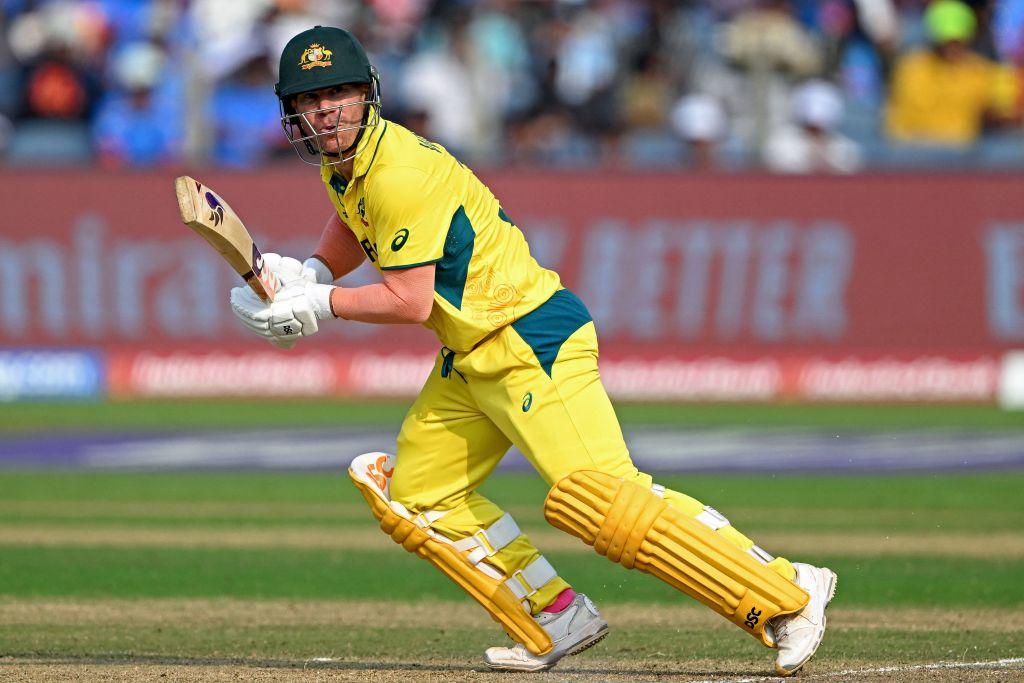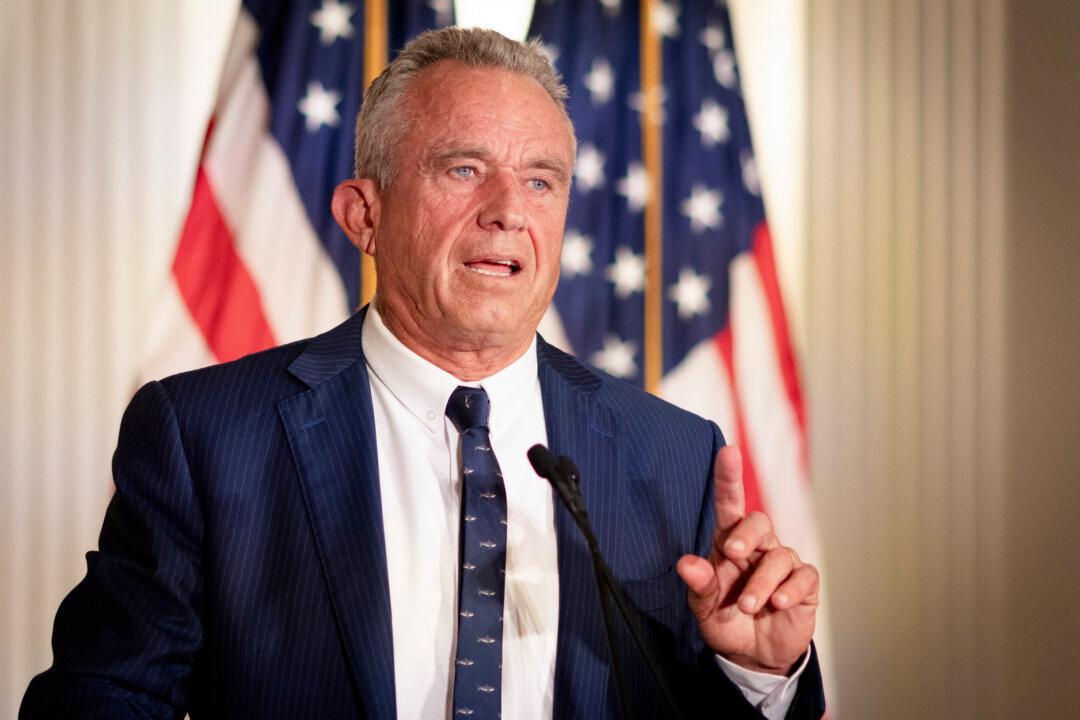Australia won the Cricket World Cup in 1987, 1999, 2007, and 2015, making them the most successful team in the world.
However, their chances are looking slim this time around, being up against two world-class teams.
2 Words: South Africa
Australia’s path to the World Cup victory is laden with challenges with the looming threat being South Africa.Australia has tasted defeat at the hands of both South Africa and India in the rounds and now faces a showdown with the Proteas in the semi-finals.
Led by coach, Rob Walter, the Proteas boast an unparalleled batting lineup.
Australia’s Need for Speed Amid Zampa’s Spin Dominance
While Adam Zampa, the vegan star spinner, has emerged as the stand-out bowler of the tournament with 22 wickets at an impressive average of 18.90, concerns arise in the fast bowling department for Australia.Zampa’s virtuosity has earned accolades with spinning coach, Daniel Vettori labelling him “virtually unplayable.”
Looking at the wickets’ chart reveals the stark reality that Zampa stands alone at number one among Australian bowlers with no representation until the 20th spot where Sydney’s lower North Shore resident Josh Hazlewood makes an appearance.
The question on everyone’s mind: what has happened to Australia’s fast bowlers? As the competition intensifies, the burden on Zampa becomes increasingly challenging raising doubts about the overall effectiveness of Australia’s quicks.

India’s Powerhouse Batting Arsenal on Home Turf
In the cricket realm, India stands as a powerhouse, particularly when it comes to their home-soil advantage.The sheer prowess of their batting lineup is enough to make opponents tread cautiously. Leading this charge is Virat Kohli, another vegan, who is now the top run scorer for the tournament, surpassing South Africa’s de Kock with a stellar half-century against the Netherlands.
The partnership of Kohli and Rohi Sharma forms a batting juggernaut that can dismantle any bowling attack.
Yet the depth of India’s lineup doesn’t end there.
The dynamic Shubman Gill adds flair to the roster, showcasing the youthful exuberance that can change the course of a game in an instant.
Complementing this line-up is the versatile all-rounder Shreyas Iyer whose capabilities both with the bat and on the field add an extra layer of unpredictability.
Marcus Versus Marnus
As Australia prepared for a pivotal World Cup semi-final against South Africa, the focus is on the selection conundrum of Marcus Stonis and Marnus Labuschagne.Cricket stalwarts Ricky Ponting and Shane Watson advocate strongly for Labuschagne, casting doubt on Stoinis’ suitability for the crucial encounter.
Ponting, a two-time World Cup-winning skipper questions Australia’s preference for Stoinis amid middle-order batting woes, stressing the need for strategic revaluation between overs 11–40.
Statistics bolster Labuschagne’s case with 286 runs at 35.75 contrasting sharply with Stoinis’ 87 runs at 21.75.
As the clock ticks down to the South Africa clash, the question is whether Stoinis will retain his spot or will Labuschagne guide Australia to victory.
Steve Smith’s Form
Once hailed as the pre-eminent batter globally, Smith has endured a tumultuous journey since the infamous Sandpapergate scandal.Despite being a true warrior, showcased by his resilience amidst jeers from English fans during the Ashes, his post-controversy performances have been inconsistent.

Smith’s legacy as a cricketing legend was built on his peak form, but since the sandpaper incident, he has faced patches of brilliance interspersed with challenges.
At the recent World Cup, his performance has fallen short of the lofty standards he set in his prime, producing 205 runs at an average of 29.28 with just one half-century in seven innings.
While Smith demonstrated his mettle by scoring well under the relentless boos from English fans, one hopes that he can rediscover the consistency that marked his peak. The desire for a prolonged career for this cricketing maestro persists, but current realities depict a player still grappling.
As Australia eyes potential clashes against India (assuming they overcome New Zealand) and South Africa, the need for Smith and Labuschagne to shine becomes paramount.
Their combined prowess is what Australia needs to stand up to its formidable opponents and advance in the World Cup.
In the crucible of international competition, Smith’s journey from controversy to redemption adds an extra layer of intrigue.
Kolkata’s Culinary Delights and Cricket Quirks
Kolkata, a city celebrated for its iconic street food offers a gastronomic journey through delicacies like Kolkata’s special Bhetki fish fry, fish butter fry, chicken stew, bread omelette, and paratha.
The flavours may win hearts but when it comes to cricket, Kolkata doesn’t extend the same warmth to teams in pursuit of runs.
In the past 11 one-day internationals hosted in Kolkata, the chasing side has managed victory merely twice.
The city’s cricketing landscape adds a unique dimension to the game, creating a challenging scenario for teams aiming to chase down a target.
Kolkata’s cricketing pitch seems to favour those who set the target. It’s a statistical quirk that adds an extra layer of intrigue to matches played here.
However, if there’s a silver lining for Australia, it might be found in the hands of captain, Pat Cummins.
With a track record of success at the toss, Cummins has wielded his luck well, winning both coin flips in previous encounters against India and South Africa.
Perhaps in Kolkata’s cricketing theatre, Cummins may not need to resort to a double-headed coin, but instead rely on the momentum of past victories at the toss to set the tone for a successful innings.







